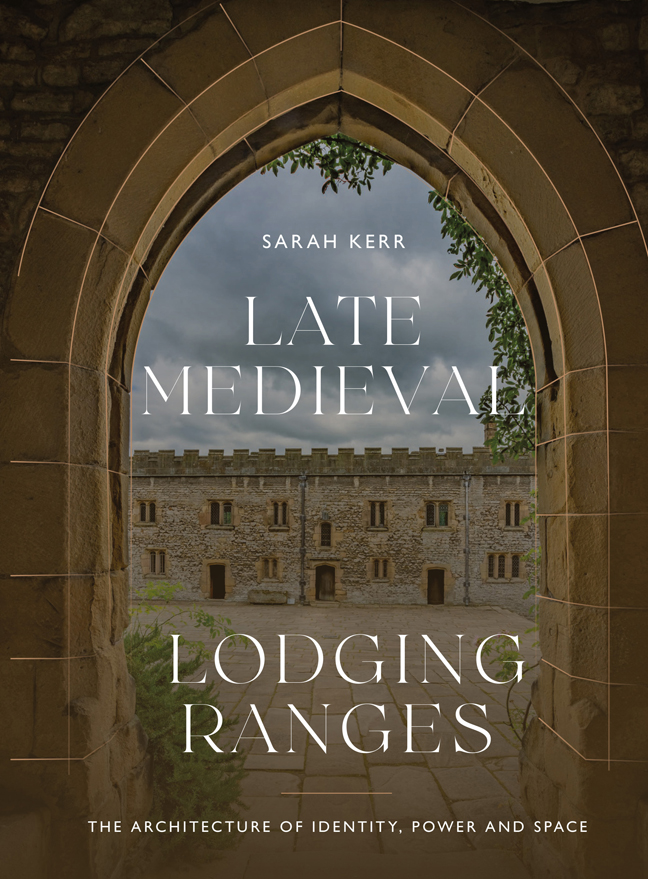Book contents
- Frontmatter
- Dedication
- Contents
- List of Illustrations
- Preface and Acknowledgements
- List of Abbreviations
- Introduction: What are Lodging Ranges?
- 1 A Room of One's Own
- 2 Expressions of Individuality and Collectivity
- 3 The Theatre of Display
- 4 The Spaces Between
- Envoi: Narratives in Stone and Space
- Glossary
- Gazetteer A
- Gazetteer B
- Bibliography
- Index
- Miscellaneous Endmatter
Introduction: What are Lodging Ranges?
Published online by Cambridge University Press: 21 February 2024
- Frontmatter
- Dedication
- Contents
- List of Illustrations
- Preface and Acknowledgements
- List of Abbreviations
- Introduction: What are Lodging Ranges?
- 1 A Room of One's Own
- 2 Expressions of Individuality and Collectivity
- 3 The Theatre of Display
- 4 The Spaces Between
- Envoi: Narratives in Stone and Space
- Glossary
- Gazetteer A
- Gazetteer B
- Bibliography
- Index
- Miscellaneous Endmatter
Summary
The remains of medieval buildings provide insights into the way in which society lived, to the extent that we can suggest the ways people moved, with whom they interacted, which senses were heightened or diminished, and how buildings simultaneously reflected and shaped medieval life. By exploring the fabric and footprint of a building, archaeologists can attempt to decipher human experience in the past: the medieval lived experience.
This book explores lodging ranges, a type of collective-living building, built as part of the late medieval great house to accommodate middle- to high-ranking members of the household. They were often long ranges, occupying the side of a courtyard and divided into small yet grand rooms that were sometimes divided further into an office and bedchamber. The provisions created a comfortable space in which to live, including windows and fireplaces, often decorated, and a garderobe. Each room was provided with an individual door – a feature almost unheard of in the late medieval great house – that led from a courtyard or lobby into that room and that room only. These were low-occupancy, even single-occupancy spaces, and as such they were some of the most socially separated spaces in the great house, suggesting levels of privacy that would not become commonplace elsewhere in the house for centuries. This created some of the finest spaces within late medieval accommodation, drawing comparison with the suites of the ladies and lords at the head of the household.
The members of the household who occupied the lodging ranges are referred to as retainers: that is, a specific group of people, mostly men, who were tied to their lord by an indenture – a contract with indented top and bottom edges. Their indentures set out their payment in accommodation, bouche of court, livery, and cash in return for loyalty, whether genuine or otherwise, to their lord, and service in times of war and peace, including an obligation to bear arms if needed. Their accommodation provides a better understanding of their service, indicating that their role went beyond military service and superseded their obligation to bear arms. Lodging ranges indicate that retainers had roles integral to the running of the house: they were supporters, followers and servitors to their lord.
In addition to their use as accommodation, lodging ranges had multi-faceted functions, from enforcing subtle social meanings to representing multiple identities.
- Type
- Chapter
- Information
- Late Medieval Lodging RangesThe Architecture of Identity, Power and Space, pp. 1 - 46Publisher: Boydell & BrewerPrint publication year: 2023



